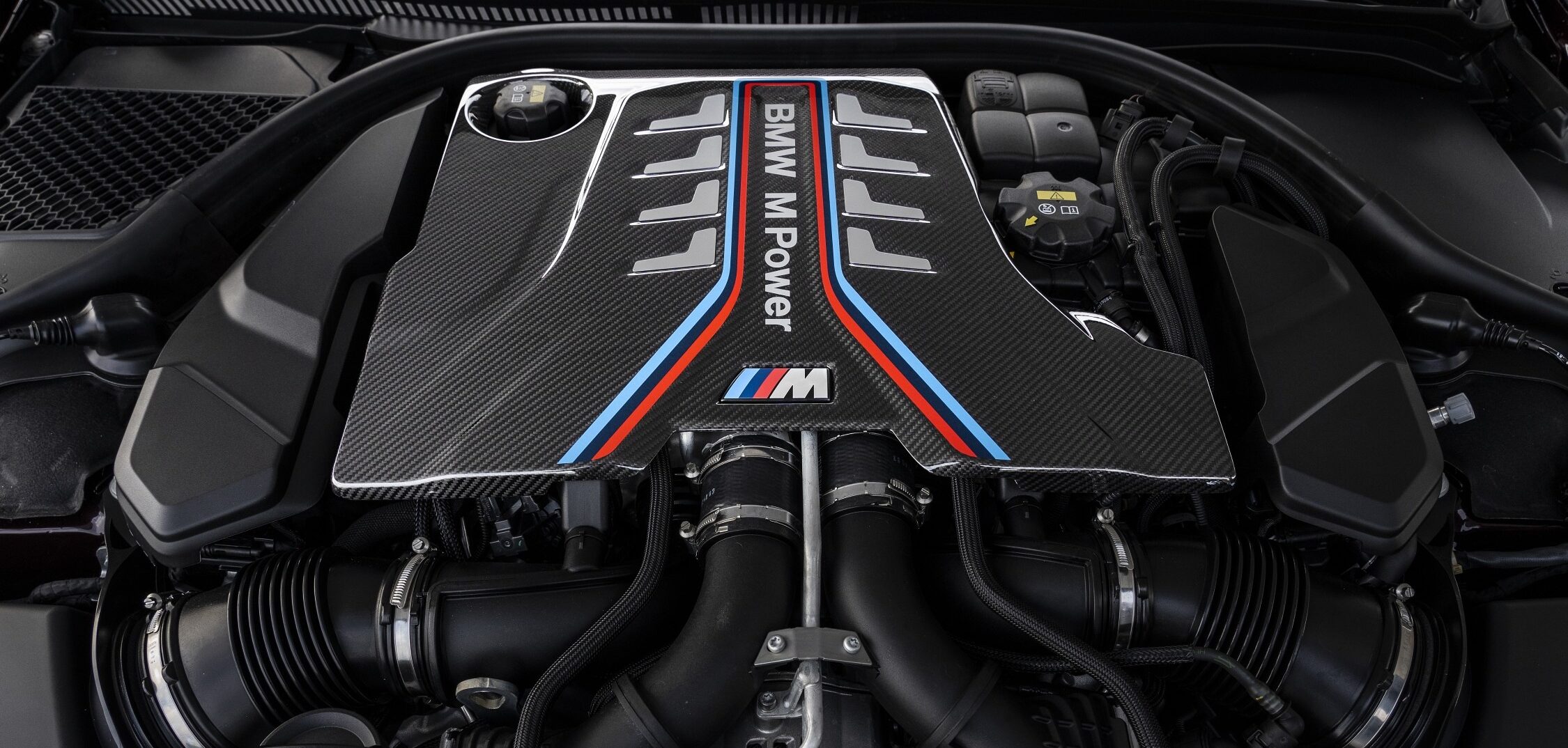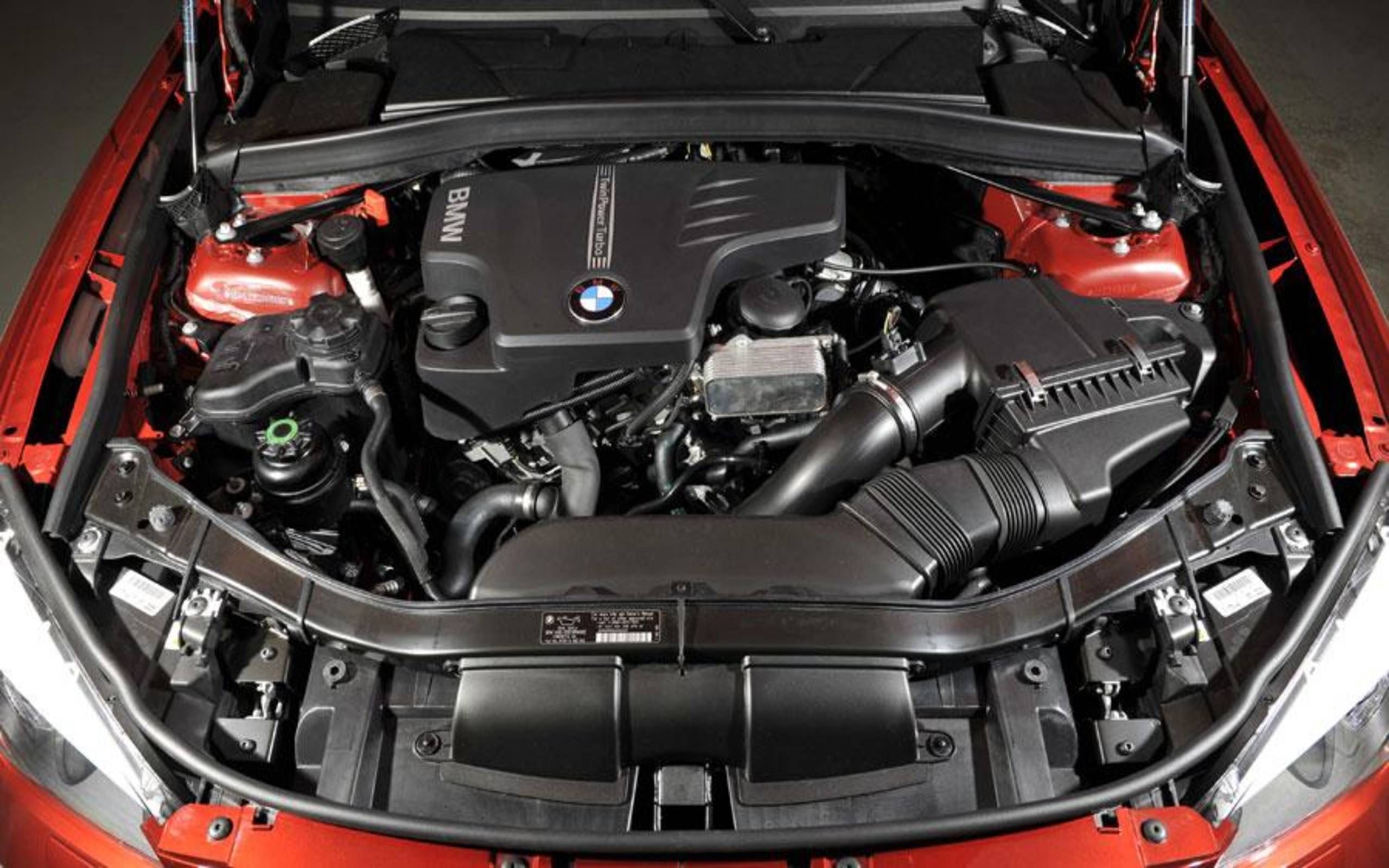A Comprehensive Overview to Recognizing BMW Engine Specs
A Comprehensive Overview to Recognizing BMW Engine Specs
Blog Article
Exploring the Development of Burning Engines in Modern Transport Equipments
As we navigate the landscape of modern-day transport, the evolution of burning engines stands as a testimony to human ingenuity and design expertise. The interplay of background, innovation, and environmental problems in shaping the trajectory of combustion engines develops a narrative that is both engaging and insightful.
Early Beginnings of Combustion Engines
Just how did the idea of combustion engines very first emerge in the very early stages of transportation growth? The origins of combustion engines can be mapped back to the 17th century when the concepts of interior combustion were first explored. In 1673, Christian Huygens conceived a basic interior combustion engine that utilized gunpowder to generate power. Nevertheless, it had not been up until the late 19th century that sensible applications of combustion engines in transport began to arise.
The development minute came with the invention of the very first effective gasoline-powered engine by Karl Benz in 1885 - bmw engine. This engine led the way for the growth of the modern-day vehicle, reinventing transport systems worldwide. Subsequent technologies by Nikolaus Otto and Gottlieb Daimler further fine-tuned burning engine modern technology, resulting in the automation of autos and the rapid development of the transportation market
These early combustion engines were defined by their simplicity and effectiveness, laying the foundation for the complicated and powerful engines used in modern-day transport systems. The advancement of burning engines has actually contributed in forming the means we take a trip and deliver products, noting a significant landmark in the background of transport advancement.
Shift to Internal Burning Modern Technology
The shift to internal combustion modern technology noted an essential shift in the evolution of transport systems. This change began in the late 19th century, with creators like Nikolaus Otto and Gottlieb Daimler developing the initial effective internal burning engines. These engines changed transport by offering an extra effective and powerful alternative to vapor engines and electric motors.
One of the vital benefits of interior burning engines was their capability to be scaled down to match automobiles, causing the development of motorcycles and autos. This change from bulky, fixed engines to small, mobile ones led the method for the modern transport systems we see today.
The shift to internal burning technology also spurred innovations in fuel modern technology, causing the development of gas and diesel as key fuel resources for cars. This change not only made transport more obtainable to the masses but additionally laid the foundation for the oil and gas market to come to be essential to international economic climates.
Influence of Combustion Engines on Transportation
The fostering of combustion engines in transportation systems militarized an extensive shift in the effectiveness and rate of global wheelchair. Burning engines changed transport by providing a versatile and trustworthy resource of power for various cars, consisting of autos, ships, vehicles, and aircrafts. This technology substantially enhanced the capacity for goods and individuals to conform fars away in shorter period, leading to boosted connection between regions and countries.
In addition, the prevalent use combustion engines has had a substantial influence on financial development. The ability to transport goods efficiently has actually stimulated profession and business, allowing businesses to expand their markets and reach consumers worldwide. This has helped with economic development and globalization, as items can currently be delivered quicker and in larger quantities than in the past.
Nonetheless, the ecological influence of combustion engines can not be ignored. The combustion of nonrenewable fuel sources has actually caused air pollution and greenhouse gas emissions, adding to environment change and posturing health dangers to populations. bmw engine. Therefore, there is an expanding emphasis on creating alternate propulsion innovations to mitigate these adverse impacts and produce an extra lasting future for transportation
Technologies in Burning Engine Design
One noteworthy advancement is the advancement of turbocharged engines, which utilize exhaust gases to drive a wind turbine that presses incoming air, permitting for even more gas to be scorched, resulting in boosted power outcome without a considerable boost in engine size. Variable shutoff timing systems have actually likewise changed engine layout by enhancing air flow at different engine speeds, boosting both power and performance. These advancements collectively contribute to the continual renovation of combustion engines in modern transportation systems.
Future Fads in Burning Engine Development
With technology advancements driving continual advancement, the future of combustion engine growth is positioned to transform transport systems internationally. One of the key fads in combustion engine growth is the push in the direction of higher efficiency and reduced exhausts. Producers are spending greatly in research study and development to boost engine efficiency while meeting rigid environmental laws. This includes the assimilation of sophisticated gas injection systems, boosted turbocharging techniques, and the usage of lightweight products to enhance fuel intake and reduce carbon emissions.
One more noticeable trend is her explanation the adoption of crossbreed technologies in combustion engines. Hybrid engines integrate conventional burning modern technology with electric power, using boosted gas efficiency and lower discharges. As the auto industry shifts towards electrification, hybrid combustion engines are seen as a transitional remedy that bridges the gap between traditional automobiles and totally electrical ones.
Moreover, the integration of wise innovations, such as fabricated intelligence and information analytics, more info here is expected to play a substantial function in the future of burning engine development. These technologies can enhance engine performance in real-time, resulting in a lot more efficient burning procedures and improved general car performance. Accepting these future patterns will certainly not only drive technology in burning engine advancement however likewise add to a much more sustainable and eco-friendly transport environment.

Verdict
Finally, the advancement of combustion engines in modern transport systems has actually been marked by considerable innovations in modern technology and design. From the early starts of burning engines to the change to inner burning modern technology, these engines have had a profound impact on transportation. Innovations in combustion engine layout proceed to drive progression in this area, with future patterns focusing on additional improving efficiency and reducing emissions. The future of combustion engines in transportation looks encouraging as study and advancement efforts continue to press borders.
The roots of burning engines can be mapped back to the 17th century when the principles of internal burning were very first explored. These engines revolutionized transport by providing a more effective and effective choice to vapor engines and click over here now electric motors.

Report this page